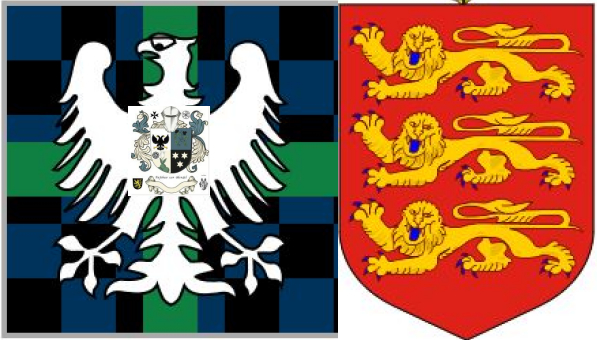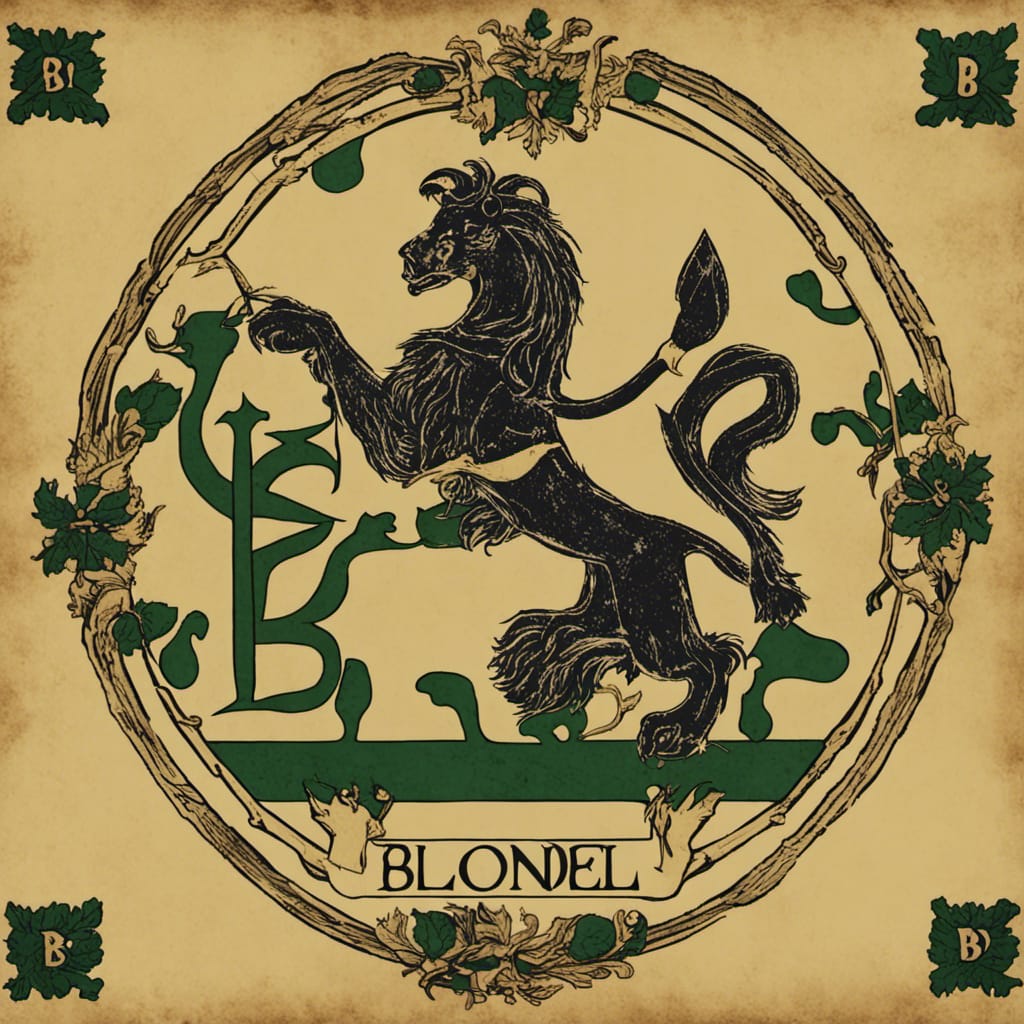The Blondel Hero Myth
The name 'Blondel de Nesle' is attached to many ancient literary works or songs. Blondel was
identified as Jean II of Nesle (near Amiens), who was nicknamed 'Blondel' for having long blond hair.
Blondel married at the time of his father's death in 1202, and that same year, went on the Fourth Crusade;
he later fought in the Albigensian Crusade. However, in 1994, Yvan Lepage suggested that the poet may have been
Jean I, father of Jean II, who was Lord of Nesle from 1180 to 1202; this Jean took part in the Third Crusade, which
may explain the subsequent legend linking him with Richard I of England.
If the works are correctly identified and dated, he was a significant influence on his European contemporaries,
who made much use of his melodies. (The melody of "L'amours dont sui espris" is used in Carmina Burana, for the
song "Procurans Odium"). His works are fairly conventional, and several have been recorded in modern times.
Legend
By 1260, Blondel's name had become attached to a legend in the highly fictionalised Récits d'un Ménestrel de
Reims; this claimed that, after King Richard of England was arrested and held for ransom in 1192, he was found
by the Knight Blondel, whom he saw from his window, and to whom he sang a verse of a song they both knew.
Later versions of the story related that Blondel went from castle to castle, singing a particular song that only he
and Richard would know, and that the imprisoned Richard replied with the second verse – thus identifying where he
was captive. Then, Blondel either aided the king's escape or reported his position back to his friends. Blondel
finally found Richard at Dürnstein; in fact, there was no mystery about Richard's
location which was widely publicized by his ransomers.
'Blondel' is a common surname on the Channel Island of Guernsey. It is recorded that King Richard
granted a fief on the island to a vassal named Blondel, but it remains uncertain as to whether
this has any connection with the legend, or whether the legend has any connection with the known trouvère.
Links: Blondel".
The American Cyclopædia.
1879.
King Richard Grants Fief: https://rowanlewgalon.deviantart.com/art/Jean-de-Nesle-106034284
|







